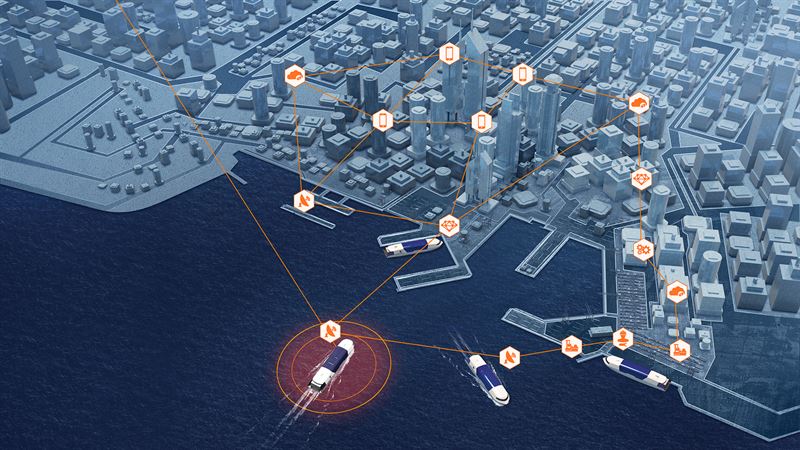It could even be of benefit to both parties
In 1971 Jacques Cousteau, a French oceanographer, called for a shift in how humans see the oceans.
“We must plant the sea and herd its animals…using the sea as farmers instead of hunters,” he said.
“That is what civilisation is all about.”
Cousteau's call fell largely on deaf ears at the time.
The environmental movement was only just beginning and humans were still dealing with the sea as they always had: as hunters, who took from it what they wanted and dumped into it what they did not want.
In the past decade, however, two important developments have changed that.
First, with growing environmental awareness it has become clear that the hunter-gatherer relationship cannot continue.
And second, technology is making it possible to interact with the sea in a different way.
Underwater drones are now able to get to previously unexplorable places, such as underneath glaciers in Antarctica, to assess the impact of global warming.
New forms of unmanned, robotic boats have been developed to sail the seas gathering data on ocean temperature, pollutants, carbon-dioxide and oxygen concentrations.
It will be possible to transfer all of this data instantly back to shore from anywhere on the ocean using newly built internet infrastructure, and there are already markets for such data among weather forecasters, fisheries managers, and oil and gas companies.
New open-ocean fish farms with automatic feeders (pictured) enable more fish to be farmed in deeper waters—a way to ease the crisis of overfishing.
There are even military implications, with improved undersea surveillance making it harder for submarines to hide, thus denting their second-strike capabilities.
Transas chief executive Frank Coles’ summarises current digital and IT challenges
and urges regulators to remove barriers to technology change
and urges regulators to remove barriers to technology change
Wärtsilä acquires Transas to accelerate its Smart Marine Ecosystem vision
Connecting smart ships with smart ports to deliver fundamental benefits to the marine sector.
Connecting smart ships with smart ports to deliver fundamental benefits to the marine sector.
At the root of the change is the ability to produce smaller, cheaper electronic components that use less power.
The smartphone boom has kickstarted progress in drones, robotics and small satellites that are already being as transformative in the sea as in the skies and in space.
All of this reduces the number of people involved and does away with the expense of keeping people alive on or under the sea.
So it vastly expands the volume of the ocean that can be monitored and measured, whether for fishery management or weather forecasting.
Lithium-ion batteries allow underwater drones to travel for up to 60 hours on one charge, giving them a range of about 400km.
Harvesters with pressure-resistant electronic innards will soon be used to gather ore from seabeds that were previously inaccessible.
This in turn could reduce the amount of destructive mining that takes place on land.
There are dangers, however.
Humans have not shown much restraint in the past with new technologies that enable faster or easier extraction of resources.
So it will be crucial to regulate people’s ability to use the new technology, as well as regulating to reduce the risks already being taken.
The International Seabed Authority, for instance, is overseeing the new system to authorize mining the deep ocean floor, and is expected to approve by 2019 the first attempt to do so off the west coast of Mexico.
If such systems can be put in place, the potential for transforming human interaction with the oceans is very real, to the benefit of human beings and the oceans themselves.
Links :


TheDigitalShip : Wärtsilä buys Transas in €210m deal
ReplyDeletePassengership : E-navigation and advanced radar gain momentum on the bridge
ReplyDelete